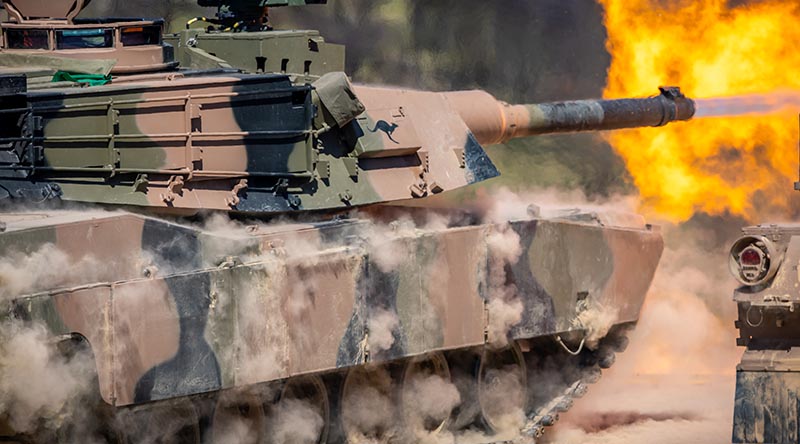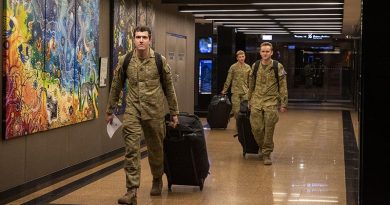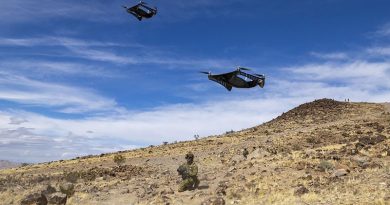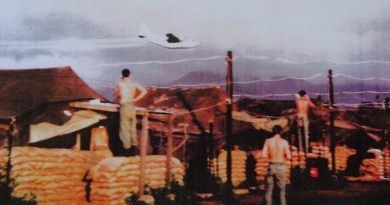Revisiting the decision to strip the tanks from 1 Armd Regt
Share the post "Revisiting the decision to strip the tanks from 1 Armd Regt"

There is a growing suggestion that the Chief of Army was pressured into finding a unit to manage new and emerging technologies. (His predecessors should have initiated it, but couldn’t find the time.)
The model suggested for the task, was that adopted by the British Army. Anyone who Googles the subject can’t help but find a link to the 2nd Battalion, Royal Yorkshire Regiment. The ‘blurb’ sounds impressive: “Agile, adaptive future light-infantry force at the heart of developing, testing and challenging infantry warfighting concepts and capabilities.”
1 Armd Regt is also a frontline unit, why not give them a similar role?
The answers are many. 2 Royal Yorks is an infantry unit that has been tasked to evaluate infantry warfighting concepts. It continues to develop its infantry skills and the combat power of the British Army is unaffected. 1 Armd Regt, however, is stripped of its tanks, removed from the order of battle and given a non-combatant role evaluating new and emerging technology for the Army as a whole.
The combat power of the Australian Army was immediately reduced by a tank squadron, a cavalry squadron and a battlegroup headquarters – all at a time described as the most perilous since the Second World War.
How can this be?
The model that the CA has adopted is far removed from that used by the British Army. They have separate trials and development units for armour, infantry, artillery and combat service support, all coming under the umbrella of the Experimentation and Trials Group (ETG). Interestingly, 1 Armd Regt has recently adopted similar styling to the Brits … it’s also now a ‘Group’; the Combat Experimentation Group (CXG).
It’s not the first time that mistakes have been made by organisations when trying to ‘catch up’ to others. One might question why the Army didn’t simply raise a new Trials and Development Unit. (We have a rich history of having done this in the past.)
The answer is that it seems that the CA needed a unit that could ‘hit the ground running’, such was the pressure he was under to find a solution. One has to wonder where the pressure might have come from (obviously prior to the Defence Strategic Review in September 2023) and if it was prompted by things like the apparent success of drones in Ukraine.
In November 2024 General Stuart boasted that, “We just stood up, based on the 1st Armoured Regiment, [a] tech-scale battle group. That’s our way of fast-tracking the application of new and emerging technology and then exploiting it across the rest of the army”.
While the urgency associated with fast-tracking the unit is clear, it’s also interesting that he sees 1 Armd Regt, clearly a non-combatant, as a ‘battle group’.
Presumably this was part of the morale-boosting ‘spiel’ given to the Regiment when it was reroled, i.e. “you will be involved at the ‘cutting edge’ of new battlefield technologies!”.
As said many times before, it’s an important role; but NOT one justified by the removal of a tank regiment from the order of battle at a time of strategic peril.
Lieutenant Colonel Bruce Cameron, MC, RAAC (Ret’d)
FILE PHOTO: An Australian Army Abrams M1A2 SEPv3 main battle tank fires during a training serial as part of a soldier qualification course at Puckapunyal Military Area, Victoria. Photo by Corporal Jacob Joseph.
.
.

.
.
Share the post "Revisiting the decision to strip the tanks from 1 Armd Regt"





